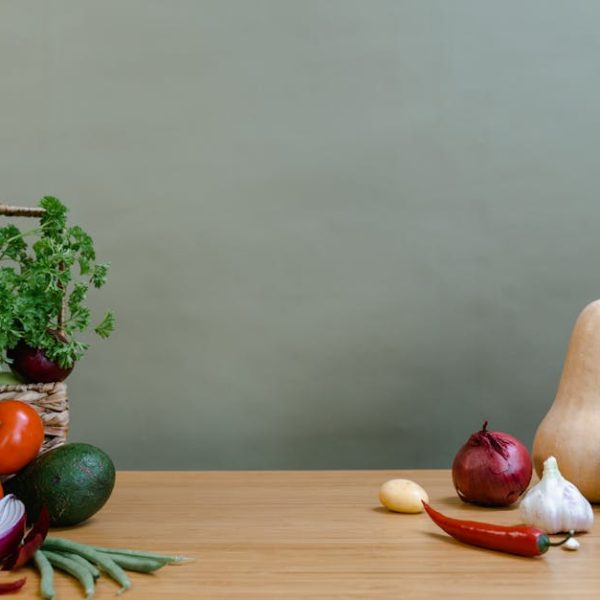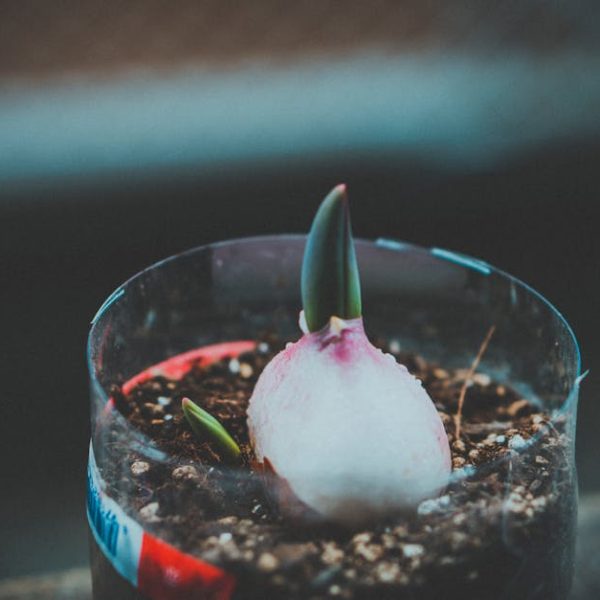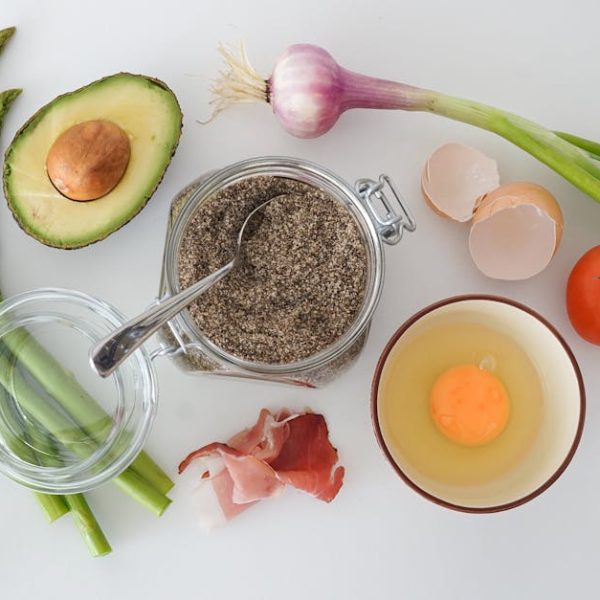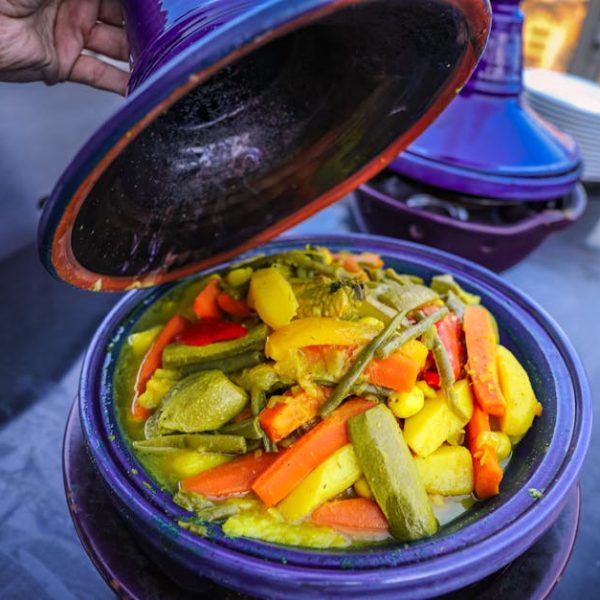Tomatoes are a culinary staple, loved for their versatility and the fresh, vibrant flavor they bring to a wide range of dishes. But one frequently posed question by many tomato consumers and enthusiasts is: how long do tomatoes stay fresh? In essence, fresh tomatoes, kept under ideal conditions, can usually last up to a week on the counter or two weeks in the refrigerator. However, various factors influence tomato freshness, including the type of tomato, its ripeness, and the storage methods applied. Understanding these aspects will ensure your tomatoes remain top-notch, ready to enhance your favorite meals any time.
Understanding the Lifespan of Fresh Tomatoes
Fresh tomatoes typically have an average lifespan of one to two weeks. Yet, this can change depending on several factors, particularly their maturity stage, the variety of tomatoes, and the surrounding environmental conditions. Knowing what to watch out for can save you the disappointment of reaching for a soft, moldy tomato. Here are several notable signs of a spoiled tomato:
- A drastic color change, such as a vibrant red tomato turning brown or black.
- Soft, watery, or slimy texture.
- An unpleasant or sour smell.
- Presence of mold or black spots.
Pro Tip: If you’re dealing with pre-packed tomatoes, note the best-by and use-by dates. These aren’t hard and fast expiry dates but can guide you on when the tomatoes may start to lose their optimal quality.
Effective Storage of Fresh Tomatoes
One of the keys to extending the lifespan of your tomatoes is appropriate storage. Despite the common belief, storing tomatoes on the countertop is often a better choice than keeping them in the fridge. Tomatoes thrive best in temperate conditions, as too cold temperatures can hinder their ripening process and somewhat alter their flavor.
Best Practices For Fresh Tomato Storage:
- Always store tomatoes stem side down to limit air and moisture entry.
- Keep tomatoes away from direct sunlight.
- Store them in a single layer to avoid pressure and bruising.
Room Temperature vs. Fridge
❖Preserves natural flavor better.
❖Extends lifespan up to 1 week.
❖Favors continued ripening.
vs.
❖Preserves freshness but sacifices taste.
❖Extends lifespan up to 2 weeks.
❖Ripening largely halts at fridge temperatures.
Storing Sliced or Cut Tomatoes
Storing cut tomatoes requires a bit more attention due to their increased exposure to air, which can expedite spoilage. The recommended practice here is to refrigerate any cut tomatoes promptly.
Step-by-step guide to storing sliced tomatoes:
1. Blot any excess juice with a clean cloth.
2. Keep the sliced tomatoes in an airtight container.
3. Refrigerate immediately and consume within two days.
Pro Tip: If you don’t plan on consuming a cut tomato anytime soon, consider freezing it for longer-term storage. This method can preserve its condition for up to eight months.
Preserving Tomatoes for Long-Term Storage
Preserving tomatoes for long-term storage is an effective way to enjoy their vibrant taste even out of season. These methods often involve canning, freezing or drying the tomatoes, each offering a unique set of advantages and drawbacks.
Key Steps in Tomato Preservation
Canning:
1. Clean and blanch the tomatoes.
2. Sterilize glass jars.
3. Pack in tomatoes, leaving a bit of headspace.
4. Secure the canning lids and rings.
5. Process in boiling water.
Freezing:
1. Clean and cut the tomatoes.
2. Arrange them on a baking sheet.
3. Freeze until solid then transfer into freezer-safe bags or containers.
Drying:
1. Clean and slice tomatoes.
2. Place on dehydration tray or oven rack.
3. Slowly dry at low temperatures until all moisture is removed.
Canning vs. Freezing vs. Drying
❖Maintains good flavor.
❖Requires more effort and equipment.
❖Long storage life.
vs.
❖Preserves freshness fairly.
❖Quick and easy.
❖The texture changes significantly.
vs.
❖Concentrates flavor.
❖Easy and less equipment-intensive.
❖Can be stored in a small space and has a long shelf-life.
Factors Affecting Tomato Freshness and Quality
Interestingly, maintaining the quality and freshness of tomatoes doesn’t stop at storage. Several factors come into play, from the conditions of storage to the intrinsic qualities of the tomato variety.
Key Factors Influencing Tomato Quality and Freshness:
- The maturity stage of the tomatoes at the time of purchase.
- The variety of tomato, as some keep longer than others.
- The storage methods and conditions adopted.
- The temperature regime – tomatoes detest cold and love temperateness.
Pro Tip: Always look for tomatoes that are firm to the touch but give in slightly – they’re at their peak. Also, vibrant, deeply-colored tomatoes are generally ripe. When purchasing, gently press the tomato; if it feels hard, it’s likely not ripe. If it feels squishy, it’s probably overripe. As such, understanding ripeness can help you choose tomatoes that will last longer without getting spoiled.
In conclusion, storing tomatoes to extend their freshness requires understanding their life spa, storage requirements, and factors influencing their quality. Armed with these tips, you can now maximize the lifespan of your tomatoes and savor their rich taste in your favorite dishes for as long as possible. Enjoy!
Key Takeaway:
- Fresh tomatoes typically last one to two weeks if stored appropriately, though various factors can influence this timeframe.
- Storing tomatoes at room temperature is usually better than refrigerating them, as cold temperatures can affect their flavor and ripening process.
- Cut or sliced tomatoes should be refrigerated and consumed within two days to prevent spoilage.
- Long-term preservation methods include canning, freezing, and drying, each with its own pros and cons.
- The quality and freshness of tomatoes can be affected by their maturity stage at purchase, the variety of tomato, the storage conditions, and the temperature regime.
Remember, the right storage practices can help extend the freshness of tomatoes, supporting their nutritious addition to your meals. Regular inspection for spoilage signs, correct handling, and learning to interpret ripeness will also contribute to enjoying the best quality tomatoes. Now, let’s enjoy the brightness these little red gems add to our meals!
FAQs
Q: How does the variety of tomato affect its freshness?
A: Different varieties of tomatoes have varied lifespans. Some varieties naturally have a longer shelf life due to their inherent qualities. Usually, smaller tomato varieties like cherry tomatoes can remain fresh for a slightly longer period than larger ones.
Q: What should I do if my refrigerator is the only storage option available?
A: While refrigeration can alter the flavor of tomatoes, it can still extend their shelf life. If you must refrigerate your tomatoes, let them come to room temperature before eating to regain some of their original flavor.
Q: Can I freeze whole tomatoes for long-term storage?
A: Absolutely! Freezing is a great way to preserve tomatoes. However, the texture of the tomatoes will change upon freezing, making them best suited for cooked dishes rather than for fresh consumption.
Q: How safe is it to eat a tomato that has signs of spoilage?
A: It’s best to avoid eating tomatoes with signs of spoilage such as visible mold, a sour smell, or a mushy texture. Consuming spoiled tomatoes can lead to foodborne illnesses.
Q: Can I slow down the ripening process of tomatoes?
A: Yes, placing tomatoes in a cooler environment, like a pantry or dark cupboard, away from sunlight can slow down their ripening process. However, avoid refrigeration as it can adversely affect the tomato’s flavor.
Feel free to share this article with those who might find it helpful, and don’t hesitate to explore other posts for more practical food and health tips.





